
POLL: How healthy should hospital food be? Should junk food not be offered at all, removing any temptation, or should people make better choices?

POLL: How healthy should hospital food be? Should junk food not be offered at all, removing any temptation, or should people make better choices?

Which form of pain relief provides better relief satisfaction in patients? Plus, does chronic kidney disease increase the risk of adverse pregnancy outcomes?

New research identifies 3 factors that may play a role in menopause-related storage lower urinary tract symptoms, or incontinence.

Chronic pelvic pain is costly to diagnose and treat, but appropriate and timely interventions can lead to a restoration of quality of life.
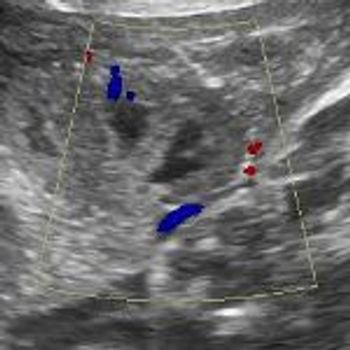
QUIZ: These images show some changes in the placenta of a 34-week pregnancy. Are they anything to worry about?
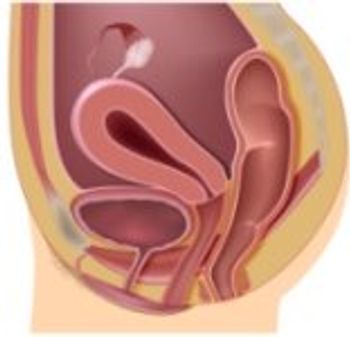
Pelvic floor muscle training, or Kegel exercises, did not improve pelvic organ prolapse in a group of women after a vaginal delivery, research shows.
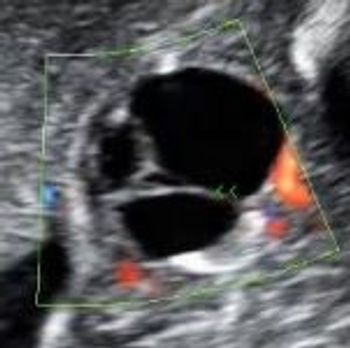
QUIZ: These images reveal a specific structure of the fetal eye. Can you identify it?

A Cochrane meta-analysis examines if there is any cardiovascular disease prevention benefit from postmenopausal hormone therapy. Plus from The Endocrine Society's 97th Annual Expo, the benefits of abaloparatide in treating osteoporosis and the impact of smoking while pregnant on the diabetes risk of female children.

Hormone replacement therapy won't protect postmenopausal women against stroke or heart disease, but don't discount it for symptoms of menopause just yet.

This infographic shows the 5 most common unexpected denials from January 2015, with solutions provided by Aaron Hood from RemitData.

These tips for implementing good technique in laparoscopic surgeries can help reduce complications and result in faster surgeries.

In developing countries, cleansing the cord of newborns after birth with a low-cost antiseptic can help reduce infant death rates.
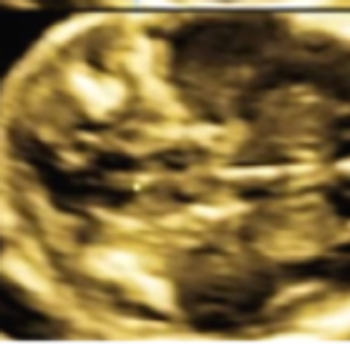
These images of a fetal brain from a routine ultrasound examination at 22 weeks' gestation revealed a rare congenital brain abnormality.

A new report by the Society for Assisted Reproductive Technology has shown a shift in women's preferences for the number of embryos transferred.

A research round-up on how much women understand about breast density and the role of lycopene in kidney cancer risk. Plus, NICHD pledges money for research into the placenta.

Held to benefit the Queenan Fellowships for Global Health, the event drew a capacity crowd of 500 and featured tributes to Contemporary OB/GYN’s founder.

Medical and lifestyle interventions successfully lowered the risk of type 2 diabetes in women with a history of gestational diabetes.

Hospital births and obstetricians are not the enemies of low-intervention spontaneous vaginal delivery.

Elizabeth Miller, MD, PhD, discusses her article in the February issue of Contemporary OB/GYN on sexual coercion.


QUIZ: These 5 questions will gauge your general knowledge of how heart disease impacts women.

POLL: As a busy clinician, balancing work life and home life and personal time generally means that something gives. Is it your sleep?

In the latest volley in the ongoing controversy regarding the safety of some forms of hysterectomy, the country’s largest insurer will soon begin requiring prior authorization for many of the procedures. The action, taken by UnitedHealthCare, takes effect April 6, 2015 and does not apply to outpatient vaginal surgeries.
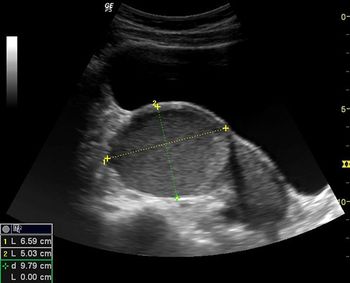
QUIZ: These images are from a young woman with pelvic pain. What do you see?

Dr. Ilana Cass, a gynecologic oncologist, and Dr. Christian Pettker, a maternal-fetal medicine specialist, have recently accepted invitations to the board.

A peer support telephone program manned by volunteers and run by nurses showed promise in reducing symptoms of postpartum depression.

Knowledge of fetal lung maturity provides useful adjunctive information that is unique and relevant to a patient.

Cardiovascular problems can complicate pregnancy, and pregnancy can reveal cardiovascular risks.

For women in whom surgery is not recommended or necessary, treatment with the goal of symptom relief and size reduction can be achieved medically.